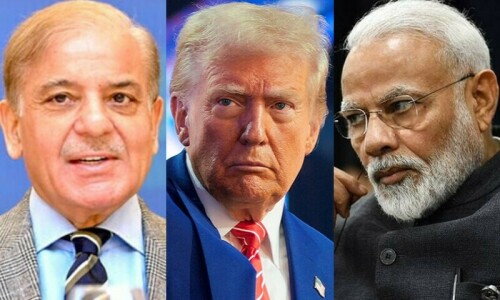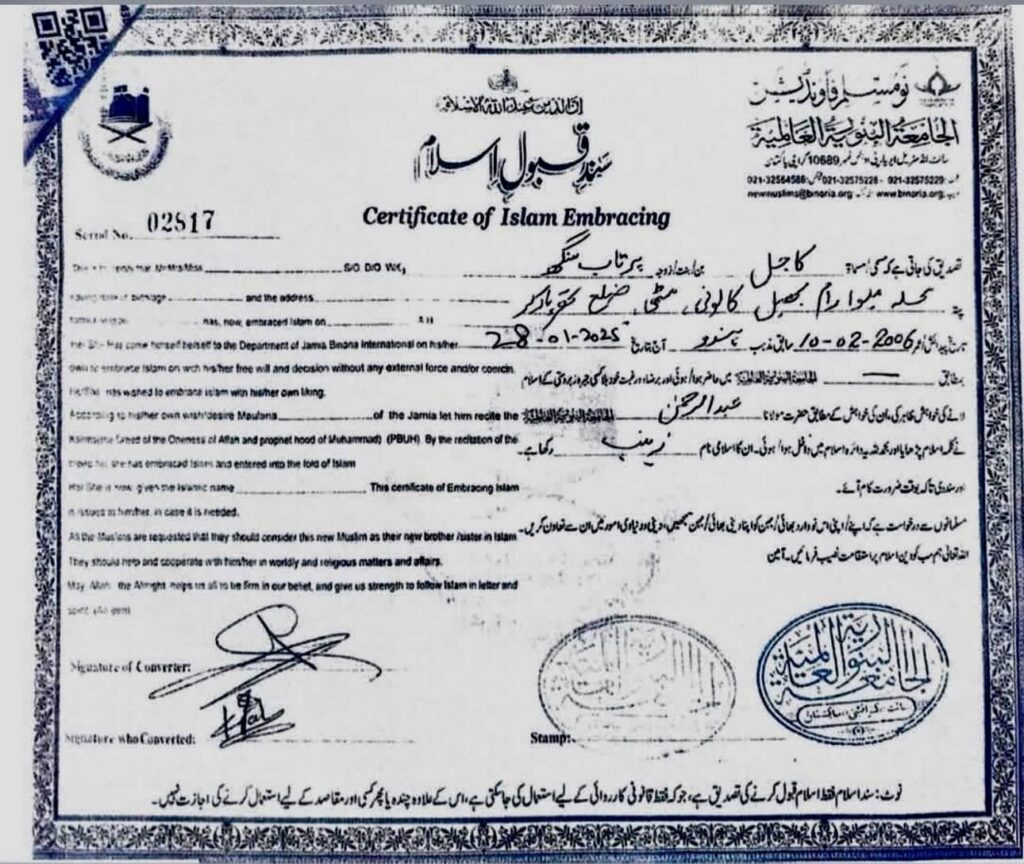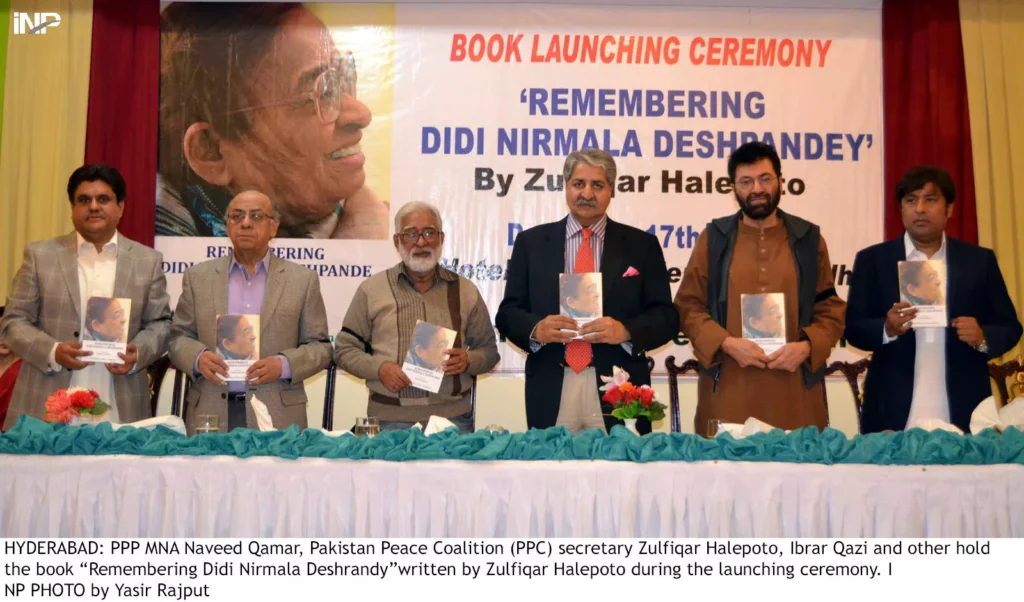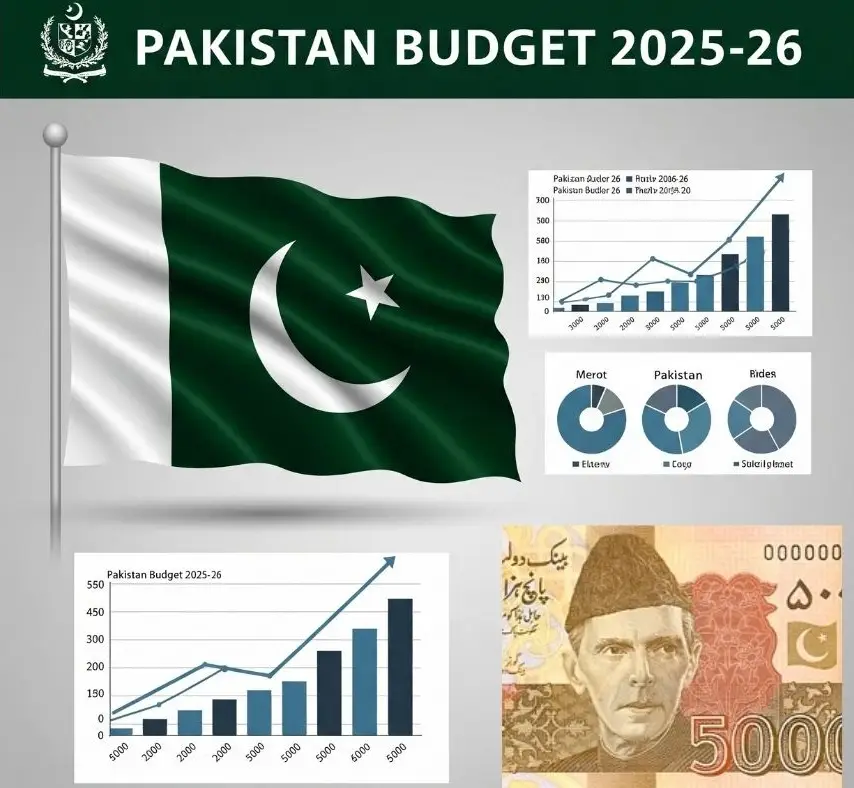Announcing a full and immediate truce between India-Pakistan, effective from 4:30 pm Pakistan time, a tweet by US President Donald Trump has unexpectedly helped nearly 1500 million people all throughout the Indian subcontinent to celebrate peace. Following protracted nighttime negotiations facilitated by the United States involving high-level officials from both countries, including Prime Ministers Narendra Modi and Shehbaz Sharif, as well as their national security advisers and military chiefs, this breakthrough resulted.
Initiated by the horrific Pahalgam massacre in Indian-administered Kashmir, when militants massacred 26 visitors, the ceasefire marks the end of a month-long period of mounting violence. India accused Pakistan of planning the attack using the terrorist group Lashkar-e-Taiba, based in Pakistan, which India regards as in charge of cross-border terrorism in Kashmir. Pakistan denied all the Indian accusations and demanded an impartial inquiry. India, on the other hand failed to provide proof of Pakistan’s hand in these killings.
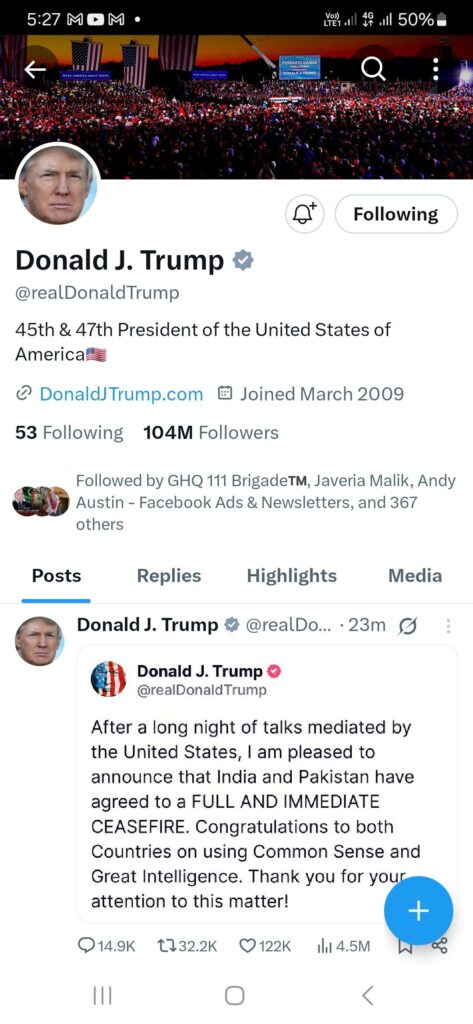
Indian Airstrikes, Downing of Indian Rafale Warplanes
Targeting what India said to be terrorist strongholds within Pakistan, particularly Muridke and Bahawalpur, India began “Operation Sindoor,” deploying bombers and missiles following the killings in Pahalgam. Pakistan responded with assertions of downing many Indian aircraft including French-made fighter jet Rafale and claimed civilian losses resulting from Indian strikes.
Both countries suffered financial losses on one another as the crisis also saw diplomatic and economic escalations including India’s suspension of the Indus Waters Treaty and Pakistan’s restriction of its airspace to Indian airlines. Reflecting the precarious nature of the peace, the suspension of the Indus Waters Treaty and other penalties remains in force notwithstanding the truce.
Although the truce is a welcome beginning toward de-escalation, the deep-rooted problems between the two nuclear-armed neighbors—especially the Kashmir conflict and mutual mistrust—still need constant communication and confidence-building actions. Emphasizing the need of ongoing diplomatic interaction to prevent future bloodshed, the international community has gently embraced the ceasefire.
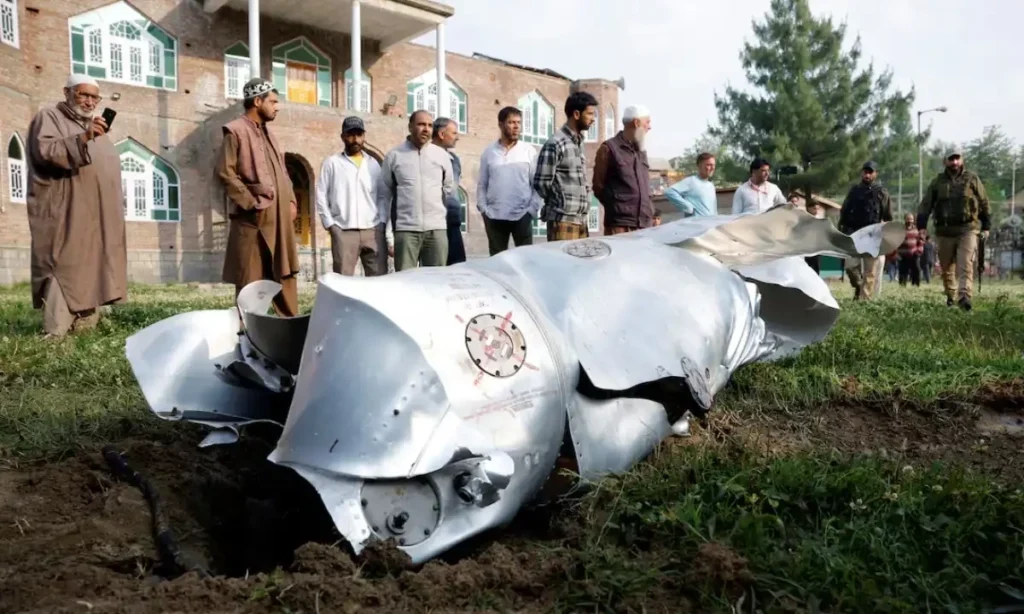
Pakistan’s Operation “Bunyan-um-Marsoos” vs India’s “Operation Sindoor”
Launched by Pakistan in early hours of May 10, 2025, Operation “Bunyan-um-Marsoos” was a forceful military reaction in response to repeated Indian missile strikes on Pakistani territory under its “Operation Sindoor”. Derived from a Holy Quran’s verse “Bunyan-um-Marsoos,” means “solid cemented structure” or “iron wall,” Pakistan’s strong will to uphold its sovereignty and exact revenge against Indian attack is symbolized.
Starting at 5:16 a.m. Pakistan time, the operation aimed targeted several critical Indian military installations spread over several areas, including Indian held Kashmir. Key targets hit were the Udhampur and Pathankot air bases, the BrahMos missile storage facilities at Beas and Nagrota, the Brigade Headquarters at K G Top, and supply stores at Uri. These locations were selected because they directly participated in Indian military operations against Pakistan and terrorist actions in Kashmir.
Apart from physical strikes, Pakistan started a major cyberattack aiming targeting vital Indian military and government internet infrastructure and upsetting around 70% of India’s energy system. The mission sought to reduce civilian casualties by degrading India’s offensive capacity.
One of the most severe escalations between the two nuclear-armed neighbours in recent years, Operation Bunyan-um-Marsoos proved Pakistan’s strategic capacity and intent to react forcefully to cross-border provocations. Pakistan said it was open to de-escalation, but it underlined India needed to stop hostilities if it is to prevent more violence.
War on Social Media
The current India-Pakistan conflict marks a fierce cyberwar alongside traditional hostilities, transcending physical boundaries into the digital sphere. Although television stations in both nations primarily reflected their official narratives, independent social media users and influencers were instrumental in escalating the dispute by a continuous war of words online. Particularly, Pakistani social media showed remarkable unity and cooperation, therefore opposing Indian propaganda and rewriting the story on sites like Twitter, now renamed as X.
Surprisingly among the mounting tensions, Pakistan authorities removed its 15-month ban on X, letting Pakistani users access the network without VPNs for the first time since February 2024. Many saw this choice as a calculated attempt by Pakistani officials to use social media to magnify their point of view and inspire public sentiment opposing India. X access restoration allowed a flood of organized messages, trending hashtags, and viral content aiming at questioning Indian allegations and stressing Pakistan’s posture on the conflict.
Apart from social media conflicts, both nations saw a notable increase in cyberattacks involving DDoS attacks and hacking efforts aimed at government websites and key infrastructure, intensifying the digital confrontation. This cyberwarfare captures the changing character of the India-Pakistan conflict, in which military operations on the ground now pale in importance compared to control of knowledge and online influence.
US Mediation
Following a “long night of negotiations” mediated by the United States, US President Donald Trump declared via his social media platforms Truth Social and X on May 10, 2025, that India and Pakistan had agreed to a “full and immediate ceasefire.” After weeks of fierce military conflicts between the two nuclear-armed neighbors, Trump hailed both nations for choosing peace using “common sense and great intelligence,” therefore signifying a dramatic change.
India’s Ministry of External Affairs and Pakistan’s Foreign Ministry quickly verified the ceasefire; it went into effect at five PM local time. Said as a vital first step to stop hostilities on land, air, and sea, the agreement followed direct communication between the Director Generals of Military Operations from both sides.
Globally, responses to the ceasefire were mainly favorable. Hoping it would help to resolve more general problems between the nations, UN Secretary-General Antonio Guterres referred it as a “positive step” toward enduring peace. Along with welcoming the truce, the European Union, the UK, Saudi Arabia, Turkey, and Bangladesh advised both countries to seek diplomacy and communication.
Emphasizing the need for caution and statesmanship displayed by Prime Ministers Modi and Sharif, US Secretary of State Marco Rubio underlined continuous US involvement with top officials from both nations. It announced preparations for talks on a wide range of subjects at a neutral location. The world sees this truce as a hopeful turning point in reducing long-standing South Asian conflict.
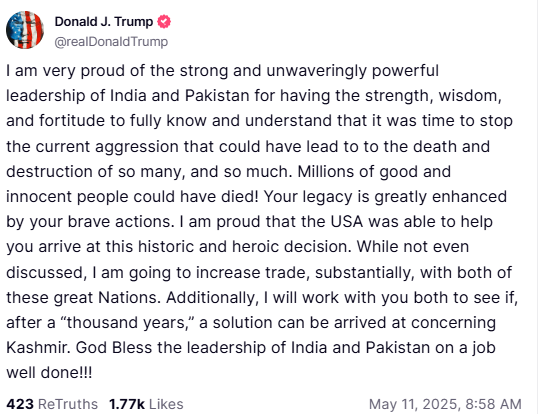
US Mediation to Solve Kashmir Issue
Following the initial tweet regarding ceasefire between India and Pakistan, US President Donald Trump, in another tweet on Sunday indicated his desire to cooperate with both countries to find a long-lasting resolution to the historic Kashmir conflict. In the latest tweet Trump commended the leadership of India and Pakistan for their wisdom and bravery in stopping the recent aggression endangering great loss of life and damage. He said he was proud the United States helped to bring peace and termed the ceasefire a historic and noble choice.
Declaring both countries as “great nations,” Trump also underlined his aim to significantly boost commerce with both of them. Referring to the Kashmir issue as a “thousand-year” war and acknowledging its complexity, he promised to cooperate with both sides in an effort at a solution. His offer of mediation emphasizes the delicate nature of the matter even if India’s conventional position is against outside engagement in Kashmir.
Though emotions remained delicate with allegations of violations soon after the deal, the international world has applauded the truce. Trump’s remarks underlined the need of ongoing communication and diplomacy, therefore signifying the US’s active participation in supporting peace and stability in the sub-continent.
Featured Image Courtesy Daily Dawn

